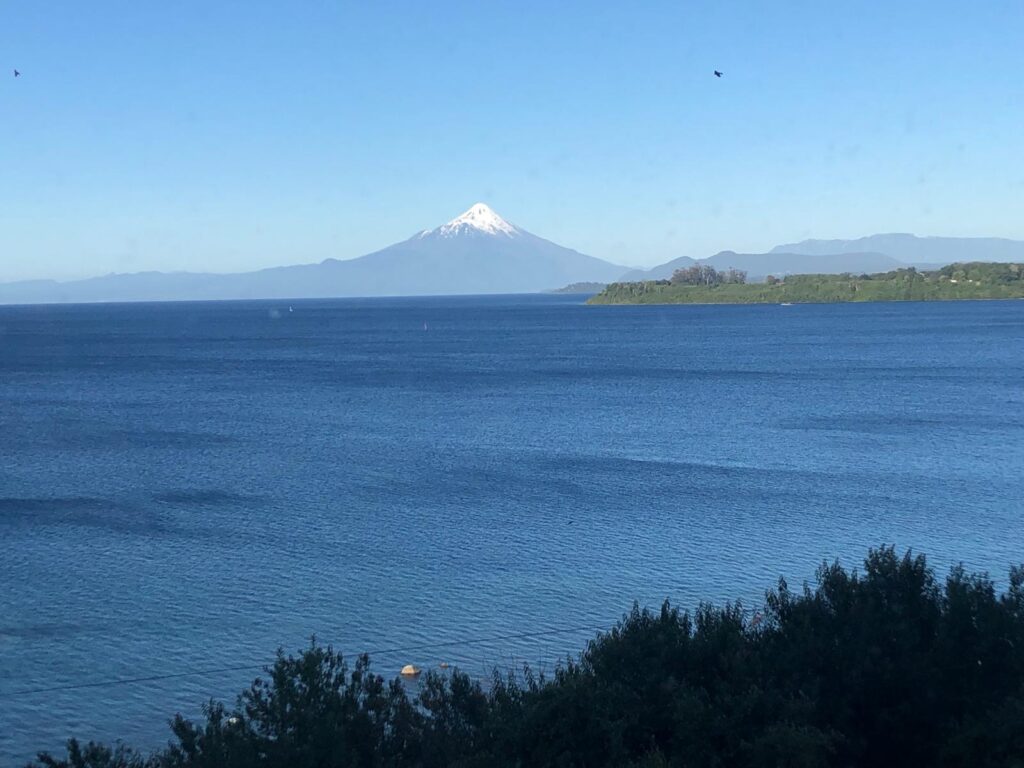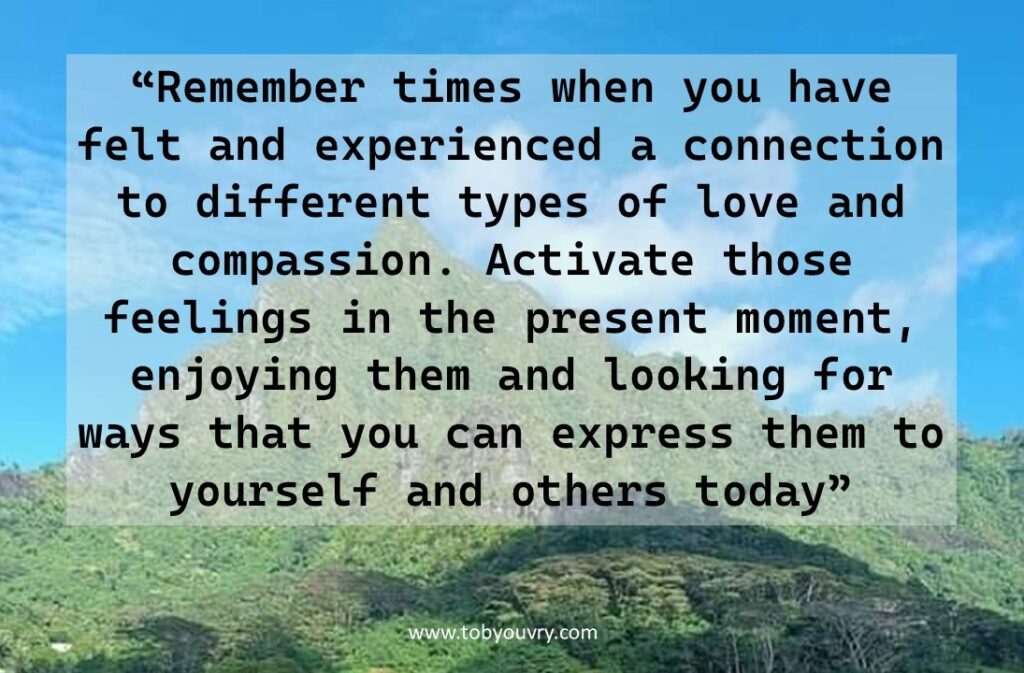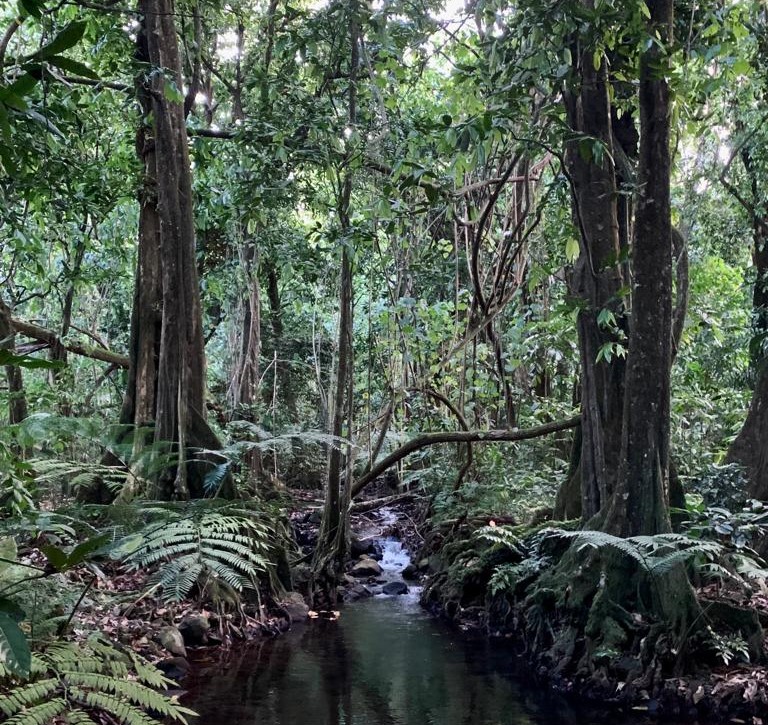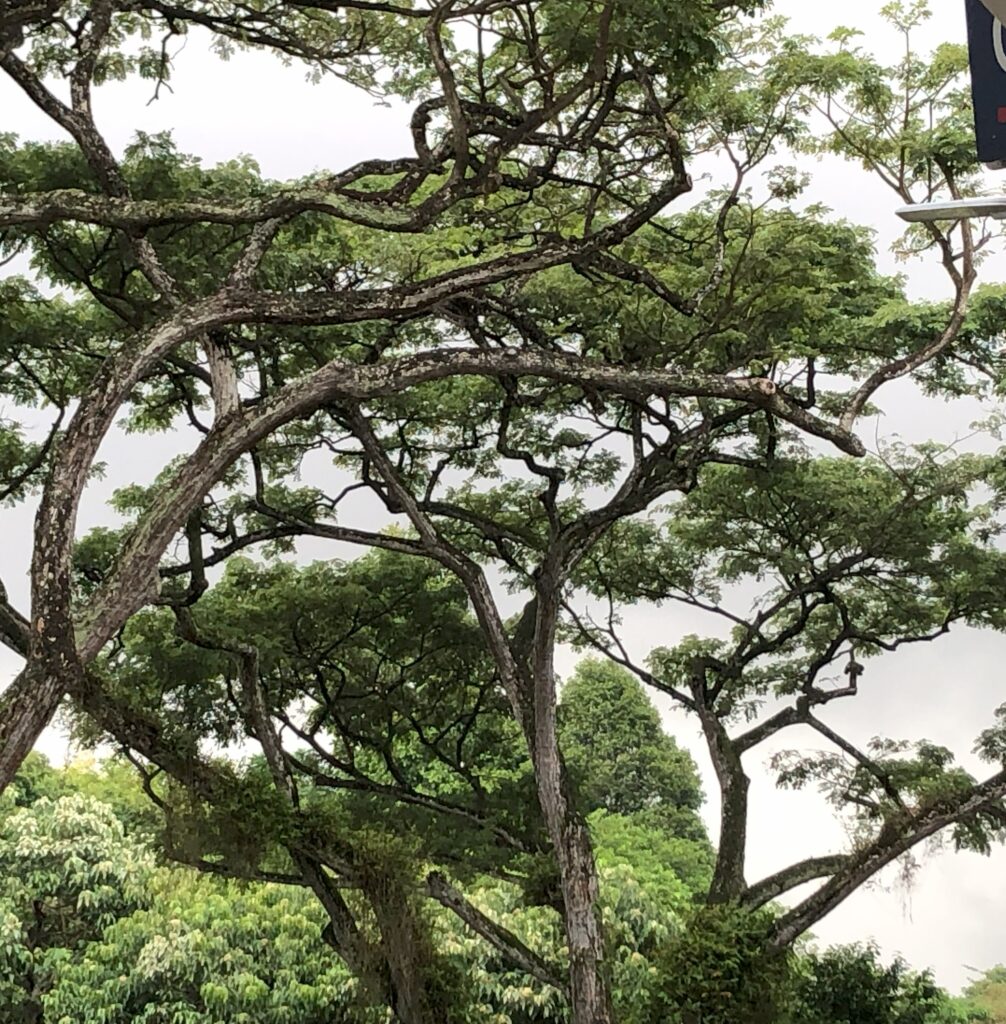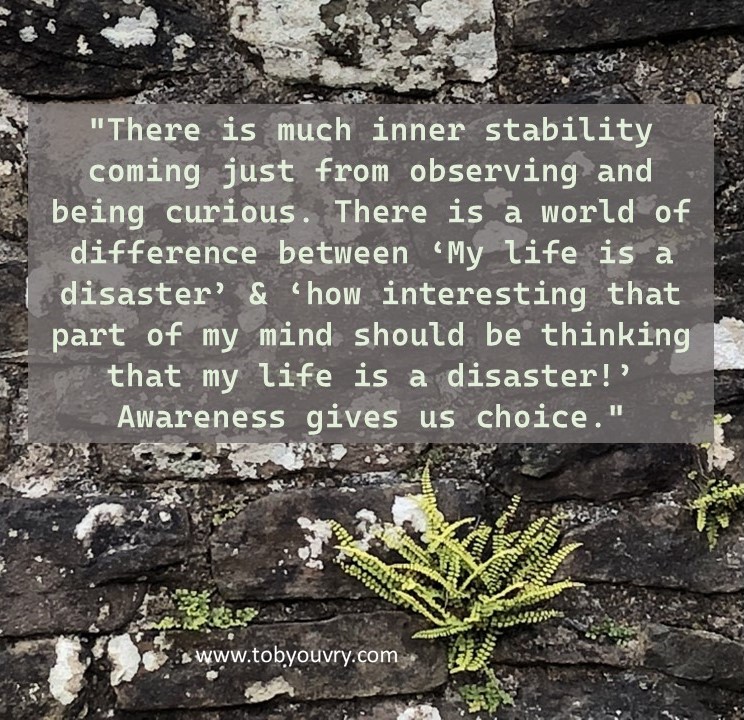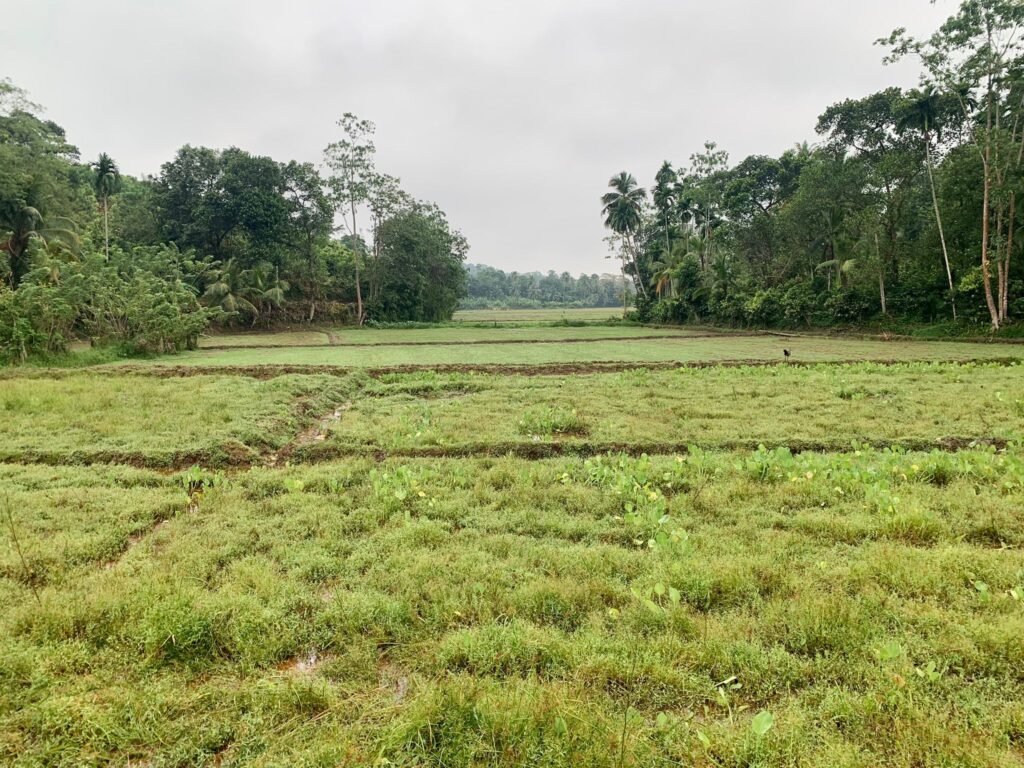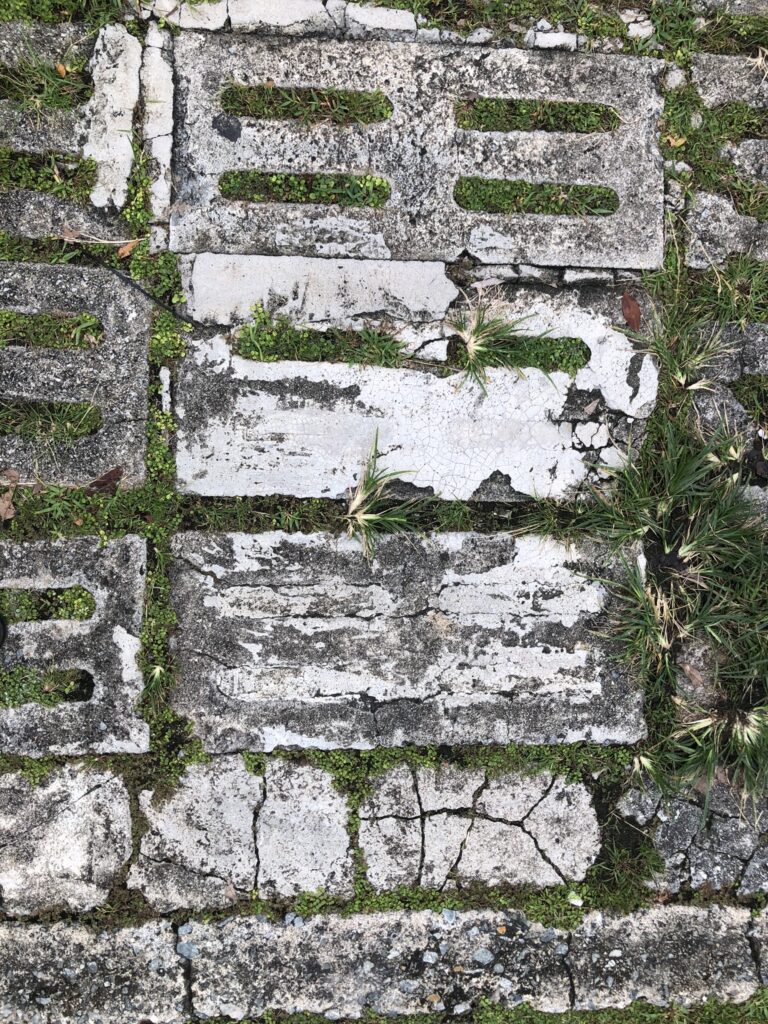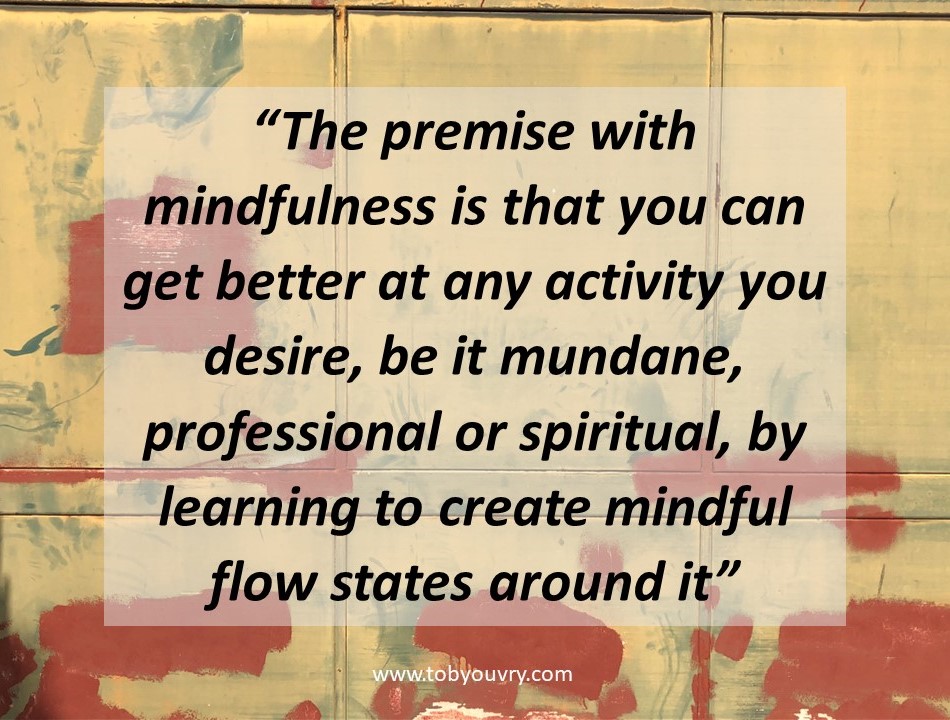
Dear Integral Meditators,
This weeks article looks at mindfulness when brought to bear upon the most important activities in your life. If you enjoy it, we will be exploring it in this weeks Tuesday & Wednesday Meditation sessions.
Heads up for the upcoming Spring Equinox balancing and renewing meditation on 19th & 20th March!
In the spirit of mindfulness,
Toby
Mindful flow around the things that are most important
How mindfulness makes things better
Fundamentally, mindfulness is about being present to your life in a relaxed, focused manner. By being present in such a way, you create a ‘flow state’ where you can:
- Enjoy the present activity and derive fulfilment from it
- To more effective and wiser regarding your experience of any challenges being presented
By being relaxed, focused and present (as opposed to tense, anxious and reactionary), things essentially tend to get better and easier in a natural, unforced manner.
What to focus on in mindfulness?
The premise here is that, if you practice mindfulness around the most important things in your life, then they will get better. What are the most important things? Well, it depends upon the person, but since most of our time is spent in relationships and in work, then these two are very important to build your mindful flow capacity around. Here are a few pointers for how to do this:
Mindfulness around relationships
Sitting quietly, build a little bit of basic mindful flow around the breathing, by focusing your attention on the inbreath, then relaxing your body-mind on the outbreath. Now, bring your attention to an important relationship, perhaps your romantic partner, a family member or colleague. Picturing them in your mind’s eye, practice being mindful to what comes up as you are present to them:
- Notice the internal conversation that starts up within you
- The judgments
- The emotions and mood that settle in
- Times when you have states of blank, unknowing, ambiguity or confusion
- Particular memories of subjects that come up
- What does the content look like from your ‘I’ space?
- What does the relationship look like from their ‘I’ space?
- What does the relationship look like from both of your ‘we’ space?
As you do this, you are not trying to fix or solve any of it, rather simply be present to all the material in a focused, relaxed manner. That is the only ‘goal’.
By being present in this way, as an observer, naturally your awareness of the relationship will increase. When you next meet the person, as you interact, practice bringing some of that mindful presence into your contact with them, be relaxed and lightly present as far as possible.
Mindfulness around work
Establish your basic mindful flow, then bring your attention to an important area of your work, or just your sense of work more generally. Picture the circumstances in your mind’s eye, practice being mindful to what comes up as you are present to it:
- Notice the internal conversation that starts up within you
- The judgments or anxieties
- The emotions and mood around the project
- Memories that surface persistently
- Times when you have states of blank, unknowing, ambiguity or confusion
- What does your work look like from your ‘I’ space?
- What does your work look like from other people’s perspectives?
- If someone were looking on as an observer, or ‘fly on the wall,’ what would they see?
As with relationships, you are not trying to fix or solve any of it, rather simply be present to all the material in a focused, relaxed manner. That is the only ‘goal’.
By being present in this way, as an observer, naturally your awareness of the relationship will increase. When you are next at work, practice brining some of that mindful presence into your tasks and interactions. Practice light, mindful attention to what you are doing.
If you practice these two exercises consistently, even for only a few minutes a day, you will notice your experience of relationships and of your work change in the manner that I outlined in the first two paragraphs. Sound too good to be true? Why not try it for a week and find out?!
Article & content © Toby Ouvry 2024, you are welcome to use or share this article, but please cite Toby as the source and include reference to his website www.tobyouvry.com
All upcoming classes and workshops at IMA:
Ongoing – Weekly Tuesday, Wednesday Online class schedule
Ongoing on Wednesday’s, 7.30-8.30pm – Wednesday Meditation for stress transformation and positive energy with Toby (Bukit Timah)
Ongoing on Tuesday evenings, 7.30-8.30pm – Tuesday Meditation for stress transformation and positive energy with Toby (East Coast)
Ongoing – Effortless effort – The art of doing by non-doing, a ten-week meditation course
Tues & Weds 19,20th March, 7.30-8.30pm – Spring Equinox balancing and renewing meditation
Saturday March 23rd, 9-11.30am – Integral meditation deep dive mini-retreat
Follow Toby on: LinkedIn, YouTube, Instagram
Integral Meditation Asia
Online Courses * 1:1 Coaching * Books * Live Workshops * Corporate Mindfulness Training *Life-Coaching * Meditation Technology

